Most Common Dental Impression Errors & How to Avoid Them
Avoiding the Most Common Errors in Dental Impressions
A high-quality dental impression is essential for accurate and well-fitting restorations. To ensure success, it is crucial to identify potential errors before sending the impression to the lab. Creating an accurate dental impression is crucial for achieving a well-fitting restoration. However, there are common errors that can occur during the impression-taking process that can lead to inaccurate results and delayed treatment. Identifying and avoiding these errors can save valuable chair-side time and reduce the risk of remaking the impression or having the restoration rejected by the dental lab. In this article, we will discuss the most common dental impression errors and provide tips on how to avoid them, ensuring that your impressions are of the highest quality. Learn more about creating quality dental impressions with Global Dental Solutions, and get in touch with us today for service from coast to coast.
Being Prepared to Avoid Common Dental Impression Errors
Being prepared is essential to avoid common errors that can occur during dental impressions. One of the most important steps is to carefully review the patient’s medical history to identify any potential risks that may affect the impression. The clinician should also make sure that the equipment is in good condition and that they have all the necessary materials, including properly sized impression trays and impression material. Proper communication with the patient, such as explaining the process and positioning, can also reduce the risk of errors. Additionally, taking the time to carefully follow the manufacturer’s instructions for the impression material can help ensure the accuracy of the impression. By being well-prepared and following proper procedures, dental professionals can avoid many common errors that can compromise the quality of the impression and ultimately impact the success of the dental restoration.
Selecting the Right Tray
Choosing the appropriate tray is vital to capture accurate information without distortion. The tray should adequately cover all teeth without contacting the soft tissues. Additionally, the tray should not show through after the impression is made. For triple tray impressions, ensure on both the working side and opposing side that the patient has not closed into the tray, causing it to warp or distort.
Full arch trays come in various sizes and shapes, so select one that fits the entire arch and allows proper tray seating. Plastic trays can be adapted using an alcohol torch. Dual-arch trays should be sized by checking the opposite side of the arch as the patient bites down on the empty tray. Providing a separate occlusal registration using rigid vinyl polysiloxane (VPS) material is helpful for stability during transportation.

Proper Impression Material Mixing
When combining impression materials, ensure thorough mixing to achieve a uniform color without streaks. Hand-mixed putty materials are prone to streaking, so knead them quickly for consistent color. Bleed cartridge materials before attaching the automix tip to ensure the equal flow of catalyst and base. Use tray material and wash from the same manufacturer to avoid issues with material separation during pouring in the lab.
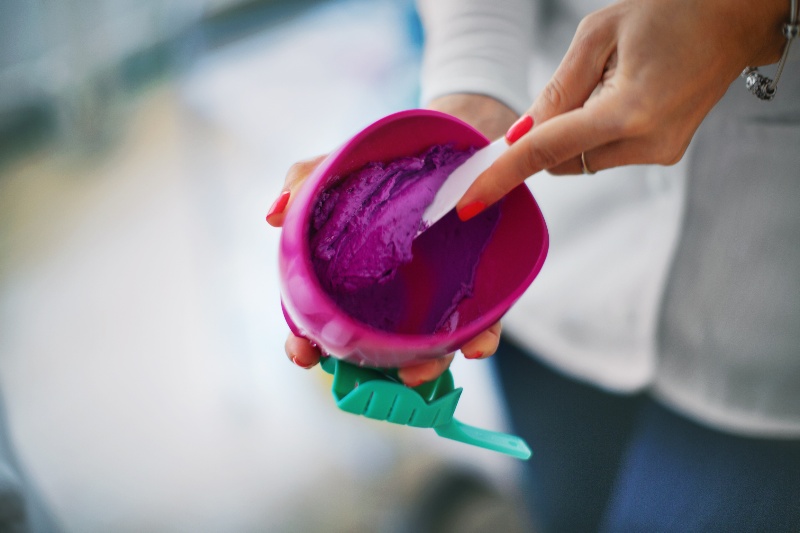
Preventing Surface Contamination
Surface contamination can result in a tacky unset layer of impression material. It may be caused by core build-up material, composites, adhesives, or retraction cords transferring substances to the preparation. Rinse the area with water or mouthwash after removing the rubber dam and ensure it is thoroughly dried. Wash the preparation vigorously after using hemostatic agents, and if gingival bleeding restarts apply additional hemostatic material. Hand-mixed putty should be prepared with washed gloves or powder-free/vinyl gloves to prevent contamination.
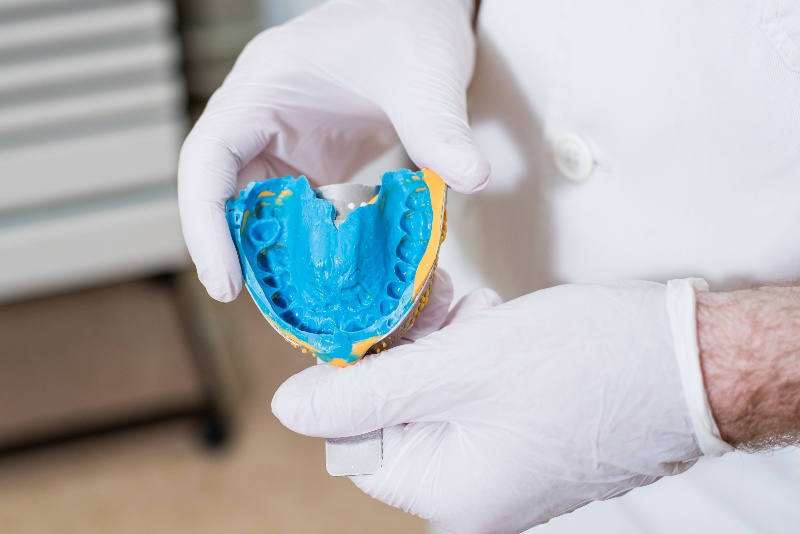
Ensuring Proper Margin Detail
Accurate marginal impressions are crucial for well-fitting restorations. Voids at the margin may occur due to insufficient retraction or fluid accumulation, hindering material flow. Use retraction cords with syringeable hemostatics or retraction pastes to improve retraction and visualization of the prepared margin. A diode laser can widen the sulcus and enhance hemostasis. NEVER add syringe material to correct voids. If you are unsure if an impression can be used, take a second impression and send them both. We will choose the better impression and, if needed, make any corrections to voids before pouring the impression Additionally, NEVER reline an impression with an additional layer of material. The additional layer of impression material may cause the crown to fit too tightly, preventing it from seating properly.
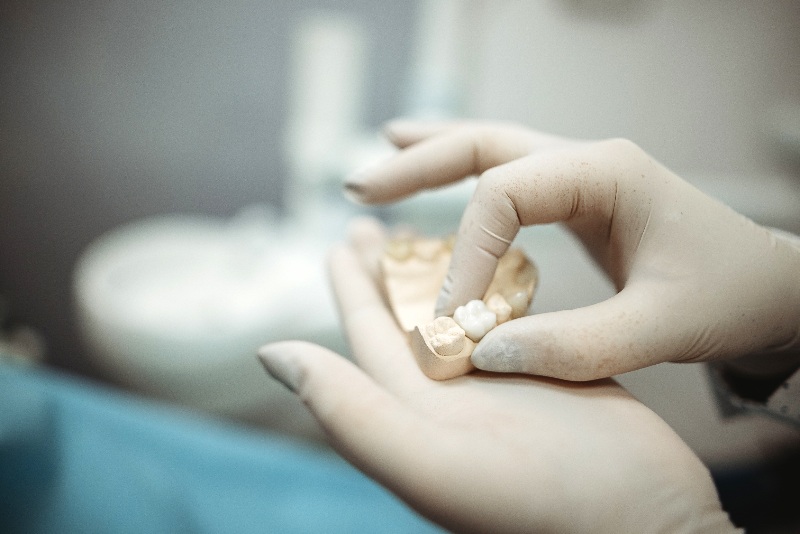
Addressing Marginal Tears
Marginal tears can occur when the wash material lacks tear strength or when removing the impression prematurely. If remaking the impression, ensure thorough removal of remnants and consider additional tissue retraction. Choosing a more viscous wash material can improve impression quality.
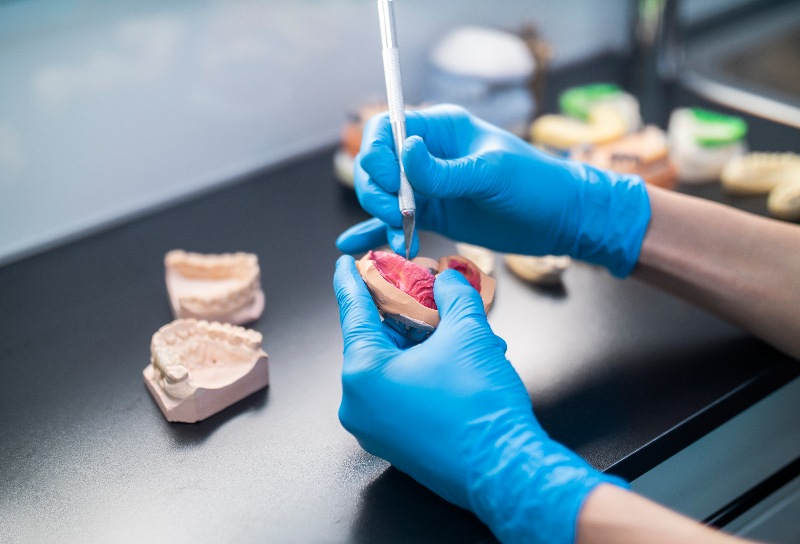
Choosing the Right Impression Material
Select an impression material with a suitable setting time for patient comfort. Ensure you know the working time of the material and insert the impression within that timeframe. A more hydrophilic material will adapt better to the prepared tooth, especially sub-gingivally or in the presence of fluid.
Avoid Rushing the Impression
Taking your time to ensure accurate details, such as packing the retraction cord, is crucial. Rushing can result in inadequate tissue retraction and traumatize the sulcus area.
Keeping the Patient Still
Patient movement or gagging can distort the impression. Engage the patient in conversation to distract them and remind them to breathe through their nose. Encourage them to wiggle their toes if they feel uncomfortable. For single arch impressions, do not hand off the impression to another staff member, as that could result in movement and distortion. The staff member who inserts the impression should hold it in place until the material has been set and is ready to be removed.
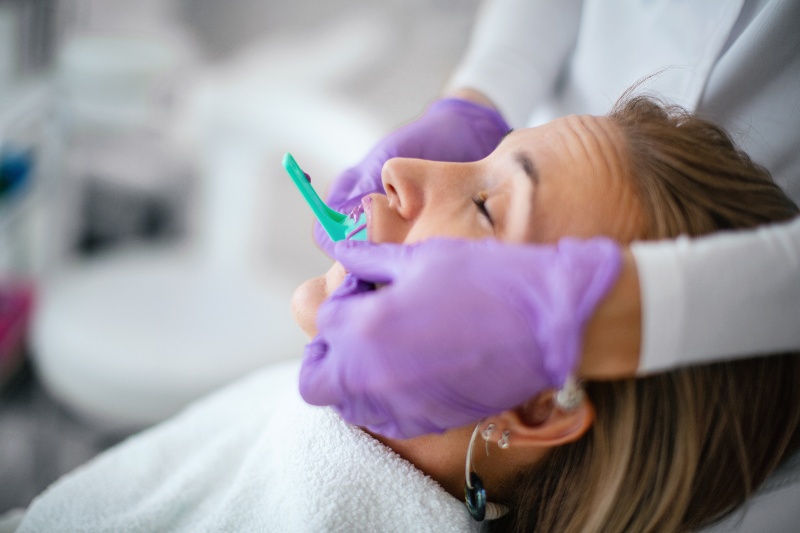
The Importance of Proper Dental Impression Practices
Proper dental impression practices are of utmost importance for successful outcomes in restorative and prosthodontic dentistry. A dental impression is a negative replica of the teeth and soft tissues that provides a detailed and precise record of the patient’s oral anatomy. Any errors or inaccuracies in the impression can lead to ill-fitting restorations, compromised function, and patient discomfort. Therefore, dentists must follow proper impression techniques, use high-quality materials, and pay close attention to detail during the entire process to ensure accurate and predictable results.
About Global Dental Solutions
Global Dental Solutions is a dental laboratory that has been providing high-quality dental products and services to dental professionals for over 20 years. Our state-of-the-art facility is equipped with the latest technology and staffed by highly skilled technicians to ensure that every product they produce meets the highest standards of quality and precision. Global Dental Solutions offers a wide range of dental solutions, including implants, dentures, crowns, bridges, and orthodontic appliances. We also provide personalized services to meet the unique needs of each client. With our commitment to quality, innovation, and customer satisfaction, Global Dental Solutions has become a trusted partner for dental professionals around the world. Contact us today to learn more by calling 866-905-1111. We serve dentists nationwide and in the Bahamas and the Virgin Islands.
